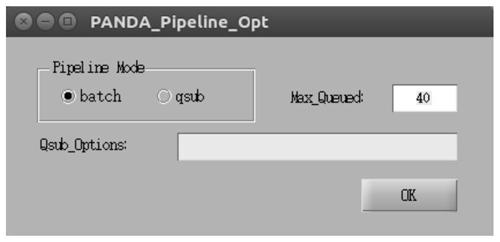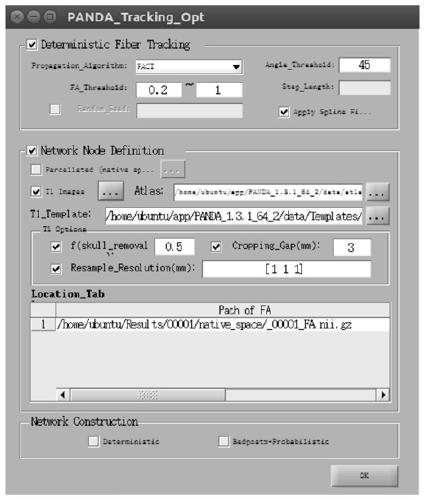A Magnetic Resonance Method for Measuring Clearance Efficiency of the Human Brain's Lymphoid Pathways
A magnetic resonance and human brain technology, applied in the field of medical imaging, can solve the problems of invasive injury, inability to apply clinical detection, etc., and achieve the effect of easy operation
- Summary
- Abstract
- Description
- Claims
- Application Information
AI Technical Summary
Problems solved by technology
Method used
Image
Examples
Embodiment 1
[0033] Concrete implementation steps of the present invention are:
[0034] (1) Using the Siemens 3T magnetic resonance imaging system, subjects were subjected to routine clinical cranial magnetic resonance imaging examinations, and the scanning sequence included: T1-weighted images and diffusion tensor imaging (DTI). The scanning parameters of T1 weighted images are: 176 axial slices, slice thickness / gap=1.0 / 0.5mm, TR=2530ms, TE=3.39ms, inversion time (TI)=900ms, flip angle=7°, FOV=256×256mm 2 . DTI scan parameters are: 45axial slices, slice thickness / gap=3.0 / 0mm, TR=8300ms, TE=86ms, 64diffusion directions withb=1000s / mm 2 , acquisition matrix=128×128, FOV=230×230mm 2 .
[0035] (2) Export the original DICOM format data, use dcm2nii for format conversion, and convert DICOM format to NIfTI format.
[0036] (3) Use the dMRI data processing software PANDA for data preprocessing, including: head motion eddy current correction, gradient direction correction, brain mask acquisi...
Embodiment 2
[0042] Description of the specific application effect of the present invention:
[0043] (1) Clinical data: Select 11 patients with vascular dementia, aged 50-80 years old, MRI examination confirmed cerebrovascular disease, at least 2 cognitive domains were damaged, and their cognitive impairment affected the ability of daily life; 6 cases were selected Patients with vascular mild cognitive impairment, aged 50-80 years, with cerebrovascular disease confirmed by MRI examination, at least one cognitive domain is impaired, and instrumental daily living ability can be normal or slightly impaired; 8 normal cases were selected The subjects, aged 50-80 years, had no evidence of cerebrovascular disease, no decline in cognitive function, and normal activities of daily living after MRI examination.
[0044] (2) Methods: The subjects underwent cognitive function tests and head magnetic resonance imaging examinations. The evaluation scales used in cognitive function tests are the Mini-Me...
PUM
 Login to View More
Login to View More Abstract
Description
Claims
Application Information
 Login to View More
Login to View More - R&D
- Intellectual Property
- Life Sciences
- Materials
- Tech Scout
- Unparalleled Data Quality
- Higher Quality Content
- 60% Fewer Hallucinations
Browse by: Latest US Patents, China's latest patents, Technical Efficacy Thesaurus, Application Domain, Technology Topic, Popular Technical Reports.
© 2025 PatSnap. All rights reserved.Legal|Privacy policy|Modern Slavery Act Transparency Statement|Sitemap|About US| Contact US: help@patsnap.com



